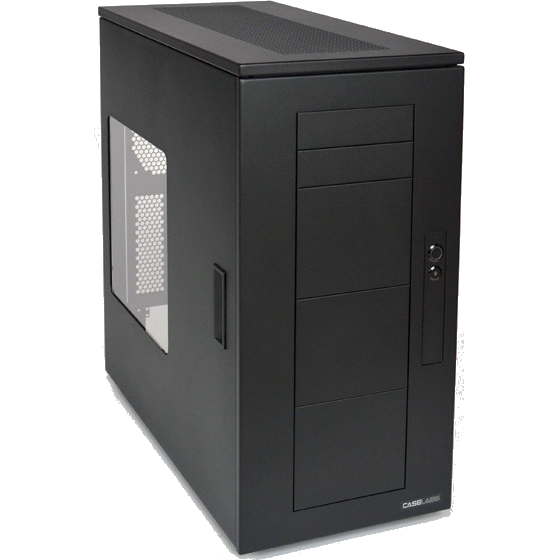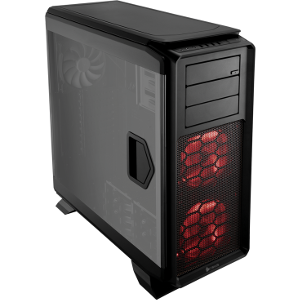Best Of The Best, Part 2: Who Makes The Most Elite PC Case?
Our search continues for the one performance-oriented case with the highest-quality fit, finish, features, and materials. A spate of recent arrivals extend our series out into three parts, so today we see if the second round can top the first.
Heat, Noise and Heat Vs. Noise
Why you can trust Tom's Hardware
We test cases in stock configurations for a few reasons. Chief among these is that we don’t want to take responsibility for ventilation or noise problems, where temperature and noise have an inverse relationship that depends primarily on fan speed. We would need to experiment with dozens of fan model and placement options to find the ideal cooling-to-noise ratio, and chassis manufacturers are in the best position to do that. They do, after all, have the strongest motivation to improve case performance.
And then there’s the problem of price. Aside from specials and temporary discounts, cases like the fan-packed Antec Three Hundred Illusion cost more than single-fan enclosures like the Antec Three Hundred. Value might not be a big part of our search for the most premium case, but we aren't about to throw away the price/performance chart entirely.
CaseLabs presented a unique testing challenge in that its Merlin doesn’t include fans, though that might not have been a problem if fans were among the options on its configuration sheet. They aren't, though. Still, anyone prepared to drop $500 on a high-end enclosure has the money for their own fans. Testing the Merlin without any just to reflect a shipping configuration wouldn't be fair or realistic.
I don’t have more than two of any particular fan model in my lab, so I picked a pair with a fairly good cooling to noise ratio. I placed one behind the CPU cooler to pull heat away from it, and another at the bottom of the case to feed the graphics card. We can see the positive effect on thermal performance, and would confidently predict that a third fan would have likely yielded even lower CPU temperatures if it was added to the second front-panel mount.
Fans also add noise, but in a peculiar way. Two fans with opposite noise patterns could cancel each other out acoustically, though that never really happens in practice (they don’t stay synchronized). And then there’s the nearly unpredictable problem of beat tones, where overall SPL measurements aren’t detailed enough to do those calculations.
We do see that the Merlin SM08 has the highest operational noise levels, even without any added fans. That makes sense from a design standpoint because nothing stands between the graphics card and the vented front panel that might otherwise have reflected fan noise back into the case.
CaseLabs' submission approached ideal thermal conditions with a couple of quiet fans added, however, making it an average overall performer in the comparison of cooling-to-noise. Corsair’s Graphite 760T leads this chart.
Current page: Heat, Noise and Heat Vs. Noise
Prev Page How We Tested The Elite ATX Cases Next Page Which Case Offers The Best Features And Quality?Get Tom's Hardware's best news and in-depth reviews, straight to your inbox.
-
Crashman Reply
You know the original Level 10 was probably "more elite"13773314 said:Answer (YMMV): Thermaltake Level 10 GT.
http://www.tomshardware.com/reviews/level-10-fortress-2,2594-5.html
-
vertexx Hope the Phanteks Enthoo Primo is part of the final - will we have to wait another 2 months for that?Reply -
ykki I wish that they would use the new powercolor devil 13 290x (their version of the 295X2) for their testsReply -
amk-aka-Phantom Who makes the most elite cases? Corsair and NZXT, no need for investigation :) Still, a nice roundup.Reply -
Drejeck There are some cases CNC made, you should talk about this indipendent manufacturers. On SweClockers I saw the best mini ITX computer ever made, with 2 ssds, 2 fans, a picopsu and a discrete graphic card with riser card.Reply -
Neve12ende12 I don't know much about cases, but I have an Azza Hurrican 2000 and I think it is pretty badassReply






